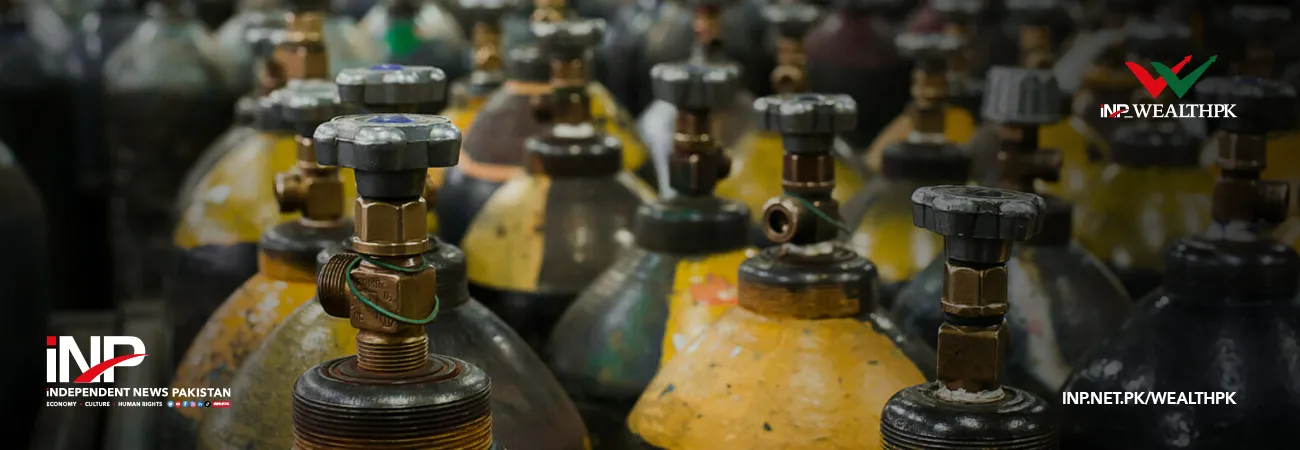INP-WealthPk
Muhammad Luqman
The prolonged delay in finalizing and launching Pakistan’s new mobile device policy is creating serious challenges for the country’s growing mobile phone manufacturing and export sector, industry representatives told Wealth Pakistan.
“The existing mobile phone policy, announced five years ago, no longer addresses the realities faced by Pakistan’s mobile industry,” said Mian Abdur Rehman, Chairman of the Pakistan Mobile Phone Manufacturers Association (PMPMA).
In an interview with Wealth Pakistan, he said the uncertainty surrounding the new policy has stalled decision-making among manufacturers and exporters. “Companies are waiting for updated localization targets, export guidelines, and tariff clarity. Without these, it’s difficult to plan investments or expansion,” he remarked.
He stressed that the mobile phone sector needs a comprehensive and forward-looking policy framework that covers input tariffs, component imports, export incentives, skills development, and global market access. “The government must ensure that duties on imported CKD (completely knocked down) or SKD (semi-knocked down) kits and components remain lower than on fully assembled imported phones, so that local manufacturing remains viable,” Rehman said.
According to Pakistan Telecommunication Authority (PTA) data, local manufacturing and assembly reached 31.38 million units in 2024, while production during the first nine months of 2025 stood at 22.78 million units. However, Rehman said manufacturers are struggling with procedural delays. “Under the current framework, companies face difficulties in opening letters of credit (LCs) for component imports, and there are long delays in export incentive payments,” he said. “Inconsistencies in procedures are discouraging investment.”
Mobile phone assemblers fear that, without a clear policy direction, the government’s $5 billion export target within five years will remain unachievable. “Due to policy and procedural bottlenecks, Pakistan’s mobile phone export volume remains very small,” said Zeeshan Mian Noor, CEO of Inovi Telecom.
Talking to Wealth Pakistan, he said zero-rated imports of critical parts, such as motherboards, camera modules, and display panels, could accelerate the localization process and make Pakistani devices more competitive in export markets across the Middle East, Africa, and Central Asia.
He also urged the government to implement rebates, tax relief, and duty drawbacks for “Made in Pakistan” phones. “The government has yet to deliver on its commitment to a 5 percent export rebate,” he added. Manufacturers believe that local semiconductor development could be a game-changer for the sector.
“Producing semiconductors and microchips domestically would greatly enhance the competitiveness of Pakistan’s mobile phone exports,” said Adnan Aftab, CEO of Select Technologies.
Speaking to Wealth Pakistan, he explained that semiconductors, such as processors, modems, memory, and sensors, account for a major portion of a phone’s total cost. “If Pakistan manages to localize even part of this ecosystem, it would cut costs, improve margins, and increase global competitiveness,” he said.
He added that developing a domestic semiconductor supply chain would strengthen resilience and reduce dependence on imports. “Such progress could enable Pakistan to move toward higher-tech ‘smartphone-plus’ manufacturing, expanding its footprint in the global value chain,” Aftab said.
He concluded that a modern, well-structured policy would not only reinforce the government’s “Make in Pakistan” initiative but also pave the way for Pakistan’s entry into the high-value technology export market.

Credit: INP-WealthPk












